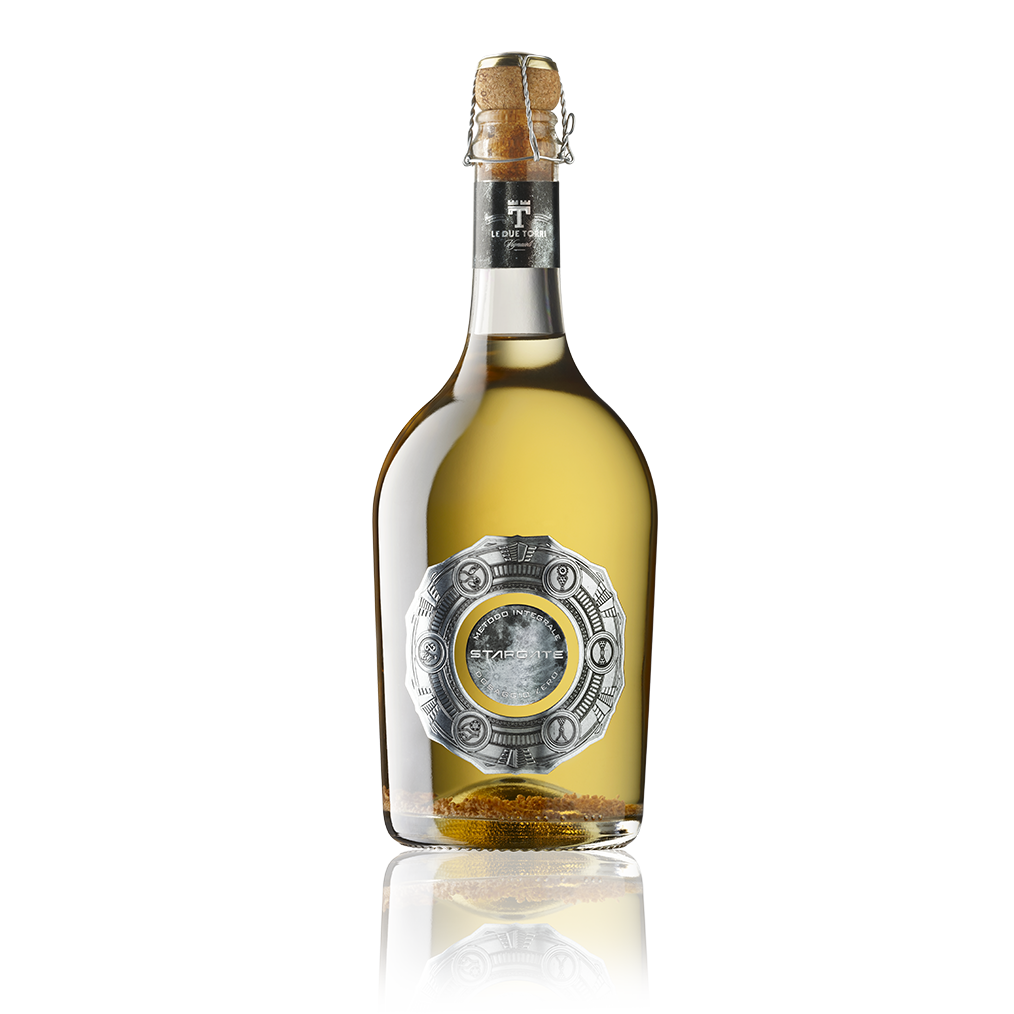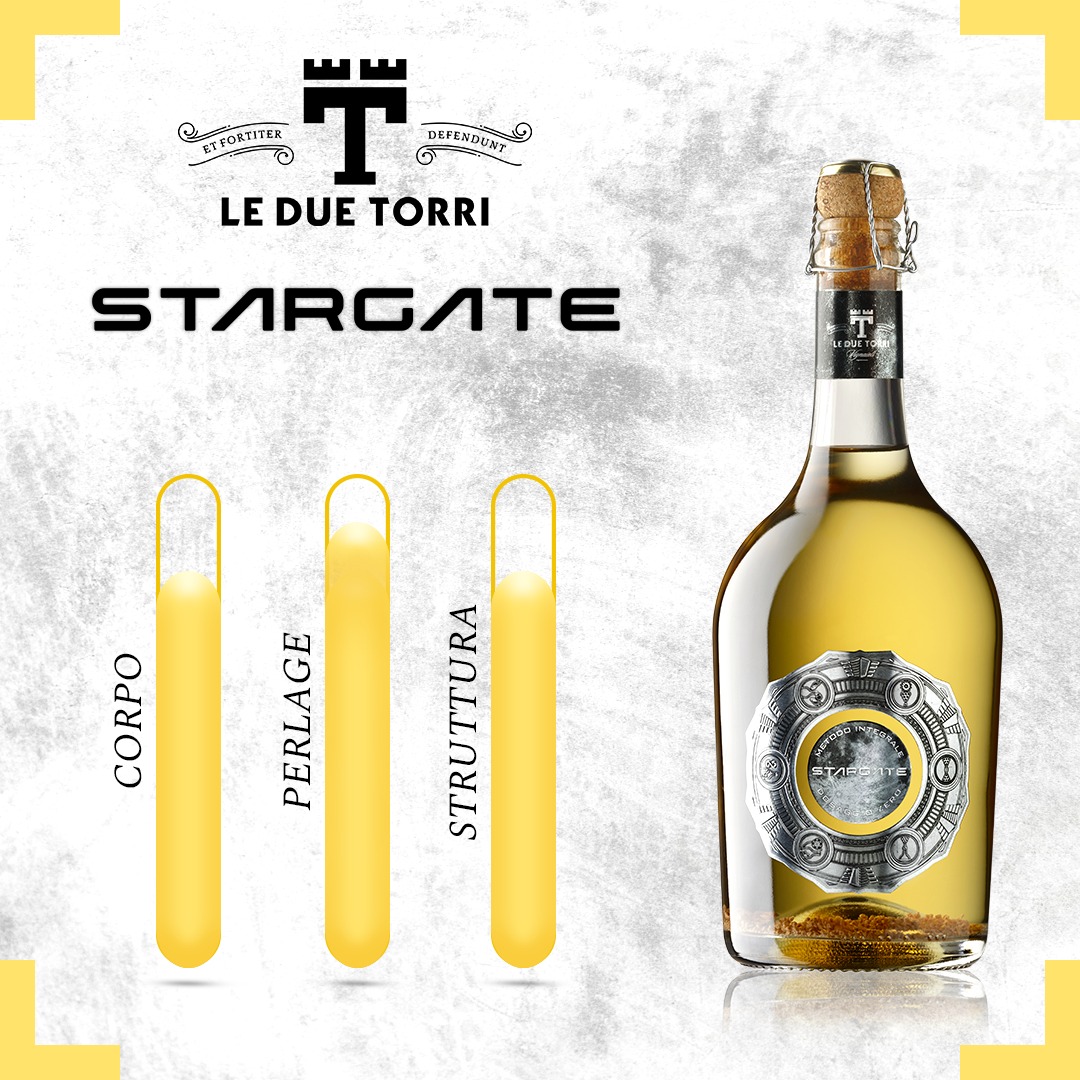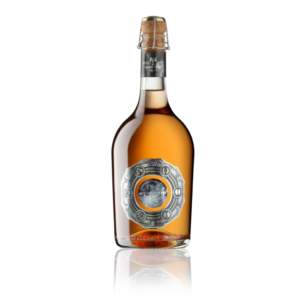Description
The refermentation with the must, in addition to using only endogenous materials (integral method in fact), allows not to increase the alcohol content of the finished wine as the must contains sugars, but also a good percentage of water (70-80%). This concretely allows the grapes to be harvested at full aromatic maturity, without the need to anticipate the harvest date to keep the sugar content low. In fact, it should be remembered that the aromatic ripeness of grapes occurs in the final stages of ripening and when there is a sufficient temperature range between night and day. Conditions that are found precisely in September and not in August when many sparkling wine-based grapes are harvested. The non-disgorging of the product, in addition to allowing the consumer to decide how long to leave the aging on the yeasts, also allows to reduce the doses of sulphites, which in the finished product are 75% lower than the legal limits. Being a non-dosed sparkling wine, however, we tried to give balance and avoid that acid pungent sensation. For this reason the pressure in the finished wine is slightly lower than that normally used for sparkling wines (6Bar at 20 ° C) and is close to that of a Franciacorta “Saten” (5Bar at 20 ° C). A slightly lower total acidity also contributes to this purpose thanks to the postponed harvest as described above.





